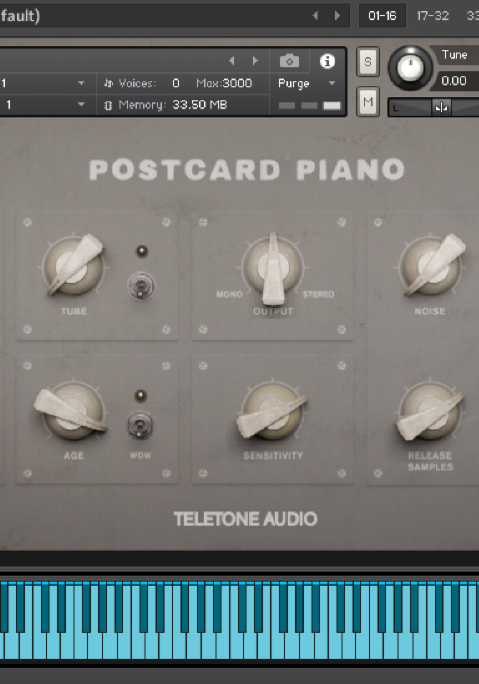Teletone Audio is a very new company which I discovered via a Facebook AD (true story) - and after listening to the demo of its first VI, Postcard Piano, I was instantly in need of it. Two weeks and three piano-led songs later, it had inspired me to create and collaborate with several aspiring artists using this extremely cool little lo-fi piano.
I even more recently saw that Scarbo - the company’s second VI - was released, so I got in there fast and made my second Teletone purchase. As I’d hoped, it is also an extraordinary VI library which fuses mood, movement, ambience, percussion, and a whole spectrum of colour which allows you to create anything from the darkest most haunting of tones to ultra delicate and uplifting soundscapes.
I should start off by saying that I started playing with Postcard Piano on a super compact Akai MPK Mini MIDI keyboard. Not because that’s my main MIDI controller(!) but because I wasn’t at my studio when I downloaded it; I felt like creating, and I had the Akai at home.
I’d normally have a fully-weighted Korg or a semi-weighted Novation in front of me, but by a twist of fate, it turns out that this is important information, because I have never ever managed to find a piano VI which is anywhere close to playable when working with such a tiny keyboard.
Until now, that is. So before I dive in, be in the understanding that within 10 minutes of downloading this instrument and plugging in a sustain pedal to the MPK Mini, I felt like I was playing a real piano. That’s how good Postcard Piano actually is.




